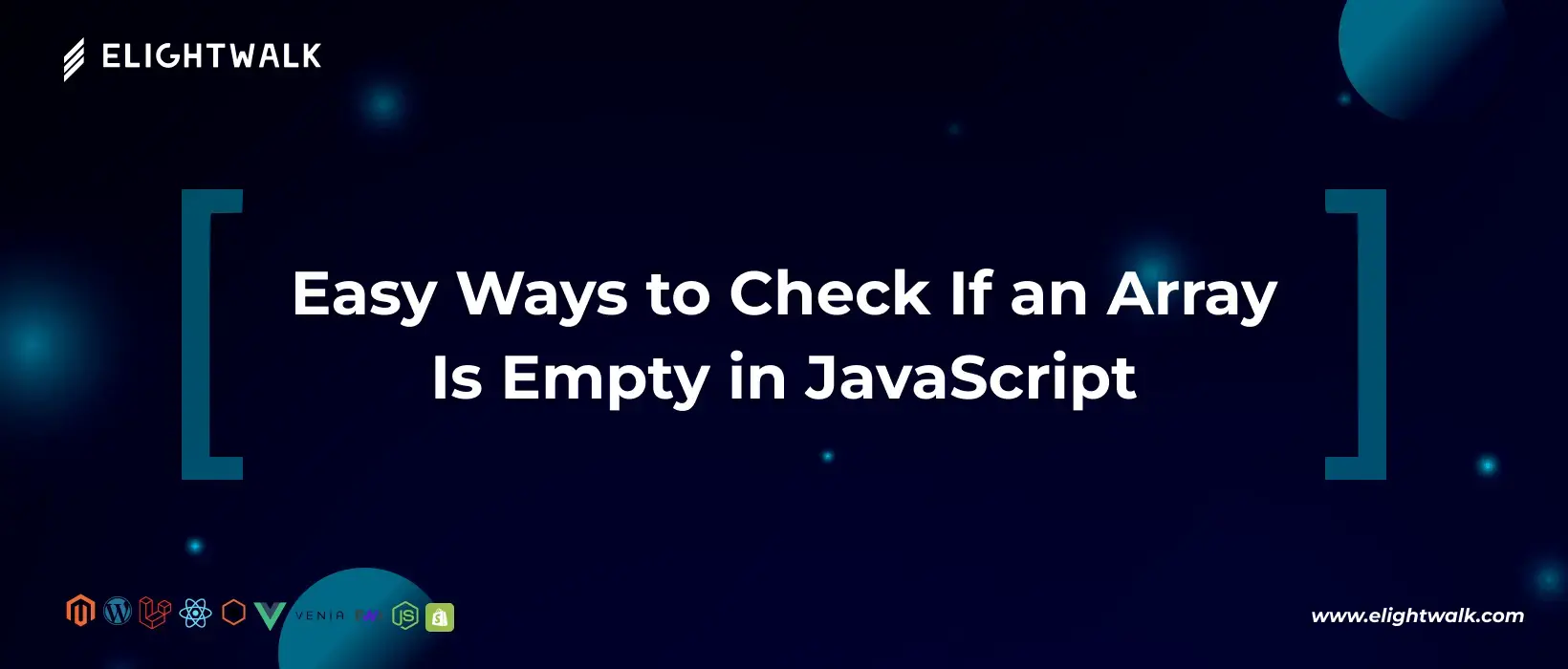Empty arrays are easily overlooked but handling them correctly is a point of insurance policy for productive web applications. What if a form with a submit button isn't activating because the code erroneously believes there's data in an empty array? These petty problems catch the users off balance which is a backward way to lead your application out of the estimated result.
The Role of Array.isArray()
JavaScript comes with an Array.isArray() method that helps you easily determine if a variable is an array. Therefore, the variable doesn't have to be confused with null, undefined, or other types which are not arrays. This will guarantee you that your code functions with the desired effect.
Why Not Just Check the Length Property?
If you are wondering about the possibility of not using the length property only to check if an array is empty in JavaScript, then your thinking is justified. The problem is that other data types, such as strings, also have a length property, which can result in you presuming an array.
Example: length Property with Strings
const string = 'Hello World';
console.log(string.length); // Output: 11
console.log(Array.isArray(string)); // Output: false
In this example, the length property for a string tells us the number of characters, whereas Array.isArray() confirms it’s not an array.
Why This Matters
- Shared Property, Different Meanings: Both strings and arrays have a length property by their nature, but you may use it for different purposes. In strings, length equals characters, and in arrays, it counts elements (even empty slots in case of sparse arrays).
- Know Your Data Type: The length property tells you how many items you have — whether you are using a string, an array, or an array-like object (NodeList or arguments object) will affect how you use it. For example, if you are dealing with a collection of elements, it will be very important to know if the elements in your collection are actually an array or some other structure. This knowledge will have an effect on the way you will iterate and convert it in case it is needed.
- More Than Just Length: This underpins a fundamental point in JavaScript: knowing the type and shape of your data alongside knowing the properties and methods at your disposal is equally as important. The length property is handy, yet what you choose to do with it is determined by whether your string, array, or array-like object.
We also write a blog for Check If an Array Is Empty in PHP. You can also learn many development-related gigs from our blog page.
Also Read: 4 Easy Ways to Check If an Array Is Empty in PHP



